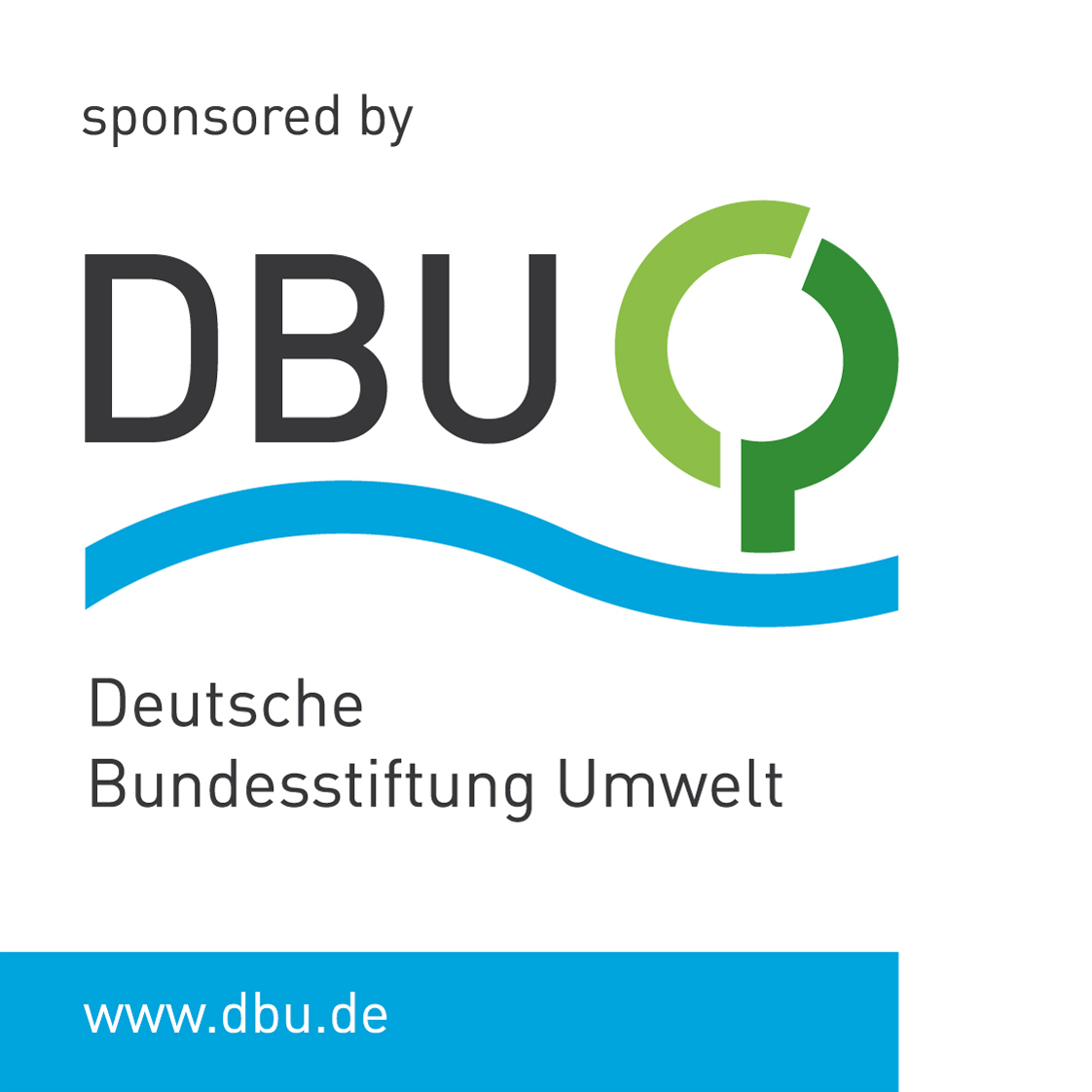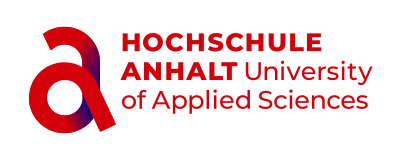BROMUS - Increasing dominance of Bromus erectus in Central Germany - Evaluating management strategies for enhancing biodiversity in dry calcareous grasslands
Project goal
Project goal
Dry calcareous grasslands are considered to be the most species-rich habitats in Germany and are protected via the European Fauna-Flora-Habitat Directive 92/43/EEC and on the basis of the BNatschG. They are currently threatened by the climate-induced and/or management-induced massive spread of the Bromus erectus, resulting in a loss of characteristic, less competitive species of this extremely valuable habitat. However, as this spread has just begun in Central Germany, it is still possible to take countermeasures through adaptations in management. The aim of the project is to investigate different management strategies that can successfully control the spread of Bromus erectus at a still early stage of expansion. For this purpose, we will observe and analyze the vegetation on different sites in Central Germany within six model regions. Selected sites should undergo continuous management for at least five years. The following management variants will be evaluated: grazing with cattle and/or horses, sheep, goats, mowing, and abandonment.
Background
Background
The upright brome (Bromus erectus W. Hudson 1762) is a perennial grass species that reaches growth heights of 30 to 90 cm. The species grows in loose to dense clumps and forms a rhizome with roots up to 60 cm deep (intensive rooter). The flowering period is from May to October.
Bromus erectus is native to dry, base-rich sites in southern and southwestern Europe (Sutkowska et al. 2013). In Central Europe, the species only appeared in modern times (Poschlod & WallisDeVries 2002), where it was further spread, especially by hay seeding. Since then, this perennial species has continued to migrate northeast from southwestern Germany. In Central Germany, Bromus erectus was probably first sown and thus introduced in the mid to late 19th century (Heinrich 2010). Currently, a strong spread of the species can be observed in the Central German dry calcareous grasslands, which leads to a loss of characteristic but less competitive species of this extremely valuable habitat.
For a long time, the problem of the immigration of the upright brome was only noticed sporadically, as the species is described as a characteristic grass species of semi-dry grasslands (Schubert 2001). However, in addition to Thuringia (Heinrich 2010), Lower Saxony and North Rhine-Westphalia, the species has also been classified as a neophyte in Saxony-Anhalt since 2016 (Frank 2016).
In a relatively short time, the Bromus erectus can become dominant if sites are managed inappropriately or are abandoned (Bornkamm 2006). The original vegetation structure of the dry grasslands is significantly altered, especially more homogeneous, by the relatively large tufts and the strong litter accumulation. The increased litter accumulation also promotes nitrogen availability in the soil through increased moisture. Recently, a massive increase of Bromus erectus is observed in the dry calcareous grasslands in Central Germany (Meier et al. 2021), leading to suppression of the predominantly low-competitive characteristic dry grassland species. As a result, sites become both floristically and faunistically deficient (Poniatowski et al. 2018).
Bornkamm, R. (2006) Fifty years vegetation development of a xerothermic calcareous grassland in Central Europe after heavy disturbance. Flora-Morphology, Distribution, Functional Ecology of Plants, 201(4), 249-267.
Frank, D. (2016) Gefäßpflanzen (Tracheophyta: Lycopodiophytina, Pteridophytina, Spermatophytina) Bestandsentwicklung. – In: Frank, D. & Schnitter, P. (Eds.): Pflanzen und Tiere in Sachsen-Anhalt: Ein Kompendium der Biodiversität. Natur+Text, Rangsdorf: 192–318.
Heinrich, W. (2010) Zum Indigenat der Aufrechten Trespe (Bromus erectus) in Thüringen. Haussknechtia, 12, 101-126.
Meier, T., Hensen, I. & Partzsch, M. (2021) Floristic changes of xerothermic grasslands in Central Germany: A resurvey study based on quasi-permanent plots. Tuexenia, 41, 203-226.
Poniatowski, D., Hertenstein, F., Raude, N., Gottbehüt, K., Nickel, H. & Fartmann, T. (2018) The invasion of Bromus erectus alters species diversity of vascular plants and leafhoppers in calcareous grasslands. Insect Conservation and Diversity, 11(6), 578-586.
Poschlod, P. & WallisDeVries, M.F. (2002) The historical and socioeconomic perspective of calcareous grasslands—lessons from the distant and recent past. Biological Conservation, 104, 361–376.
Schubert, R. (2001) Prodomus der Pflanzengesellschaften Sachsen-Anhalts. – Mitteilungen zur floristischen Kartierung Sachsen-Anhalt: 688 pp.
Sutkowska, A., Pasierbinski, A., Warzecha, T., Mandal, A. & Mitka, J. (2013) Refugial pattern of Bromus erectus in Central Europe based on ISSR fingerprinting. Acta Biologica Cracoviensia Series Botanica, 55, 107–119.Model regions
Model regions
- Unteres Saaletal (Saxony-Anhalt)
- Saale-Unstrut-Region (Saxony-Anhalt)
- Biosphere reserve Karstlandschaft Südharz (Saxony-Anhalt)
- Nature park Kyffhäuser (Thuringia)
- Gotha/ Ilm-Kreis (Thuringia)
- Nationalpark Hainich (Offenlandbereiche) (Thuringia)
Transfer of knowledge and public relations
Transfer of knowledge and public relations
The long-term goal of the project is to develop a manual for dealing with Bromus erectus, to raise awareness among land users and to establish demonstration plots. A further training program for practitioners will be integrated at the Anhalt University of Applied Sciences.
Project leader: Prof. Dr. habil. Sabine Tischew
Researchers: Dr. Martina Köhler
Duration: 10/2022 - 09/2025
Funding: DBU
Project number: AZ 37398/01






